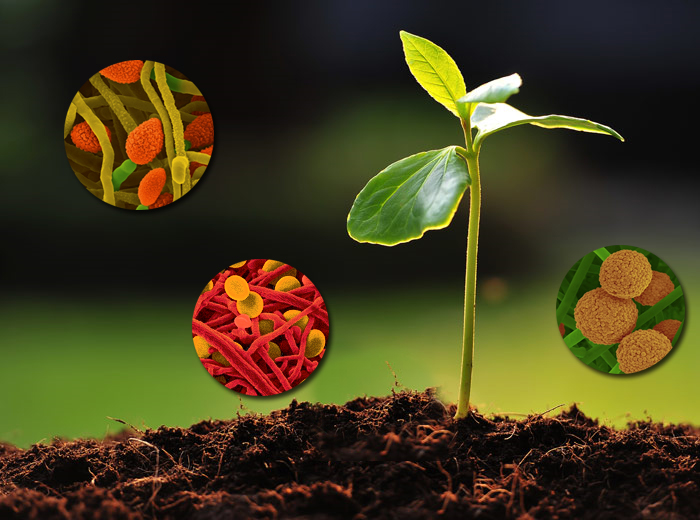The current biostimulants market is estimated at over $1 billion at the end user level in seven key markets analyzed by Kline’s upcoming report, Global Biostimulants: An Overview of the Market and Use. Field crops is the largest use of biostimulants, followed closely by fruit and vegetable crops. The combined countries of Europe have the largest use of biostimulants and are about as large as the collective total use in the United States and Brazil.
There is no strict legal or regulatory definition of plant biostimulants anywhere in the world, which often leads to confusion on the marketplace, but it is generally accepted that biostimulants are or come from natural sources. However, this description often builds a gray line between biopesticides, fertilizers, and biostimulants, as some materials classified as biopesticides work by enhancing or activating a plant’s own defense mechanisms; however, they may also increase root growth or abiotic stress resistance. Similarly, some biostimulants have nutritional value or are included in fertilizers to increase nutrient uptake and are sold as fertilizers, sometimes with and sometimes without biostimulant claims.
“Additionally, many biostimulants contain fertilizer components (N, P, K, or minor elements), which makes it difficult for the user to separate the effect of the biostimulants from the fertilizer,” comments Jim Walter, Kline’s project manager associate.
The popularity of biostimulants has increased significantly in the past five years, and their types and application site usage varies by country and market. In the United States and Brazil, the largest biostimulant market is the field crop market, but the vegetable and fruit crops markets are larger in Europe.
There are five basic categories of biostimulants: microbials, amino acids and protein extracts, seaweed and plant extracts, humic acids and fulvic acids, and mixtures of biostimulants. Globally, seaweed and plant extracts have over 25% of the market share, followed closely by microbial, amino acids, and humic acids. In the United States, mixtures of biostimulants and microbials comprise almost 80% of biostimulant sales. The European countries have a much larger presence of amino acids and seaweed extracts.
Biostimulants are applied as seed treatments, foliar treatments, and soil amendments. In Europe and Brazil, biostimulants are primarily applied as foliar treatments and soil amendments, while a majority are applied as seed treatments in the United States.
The top 15 companies producing biostimulants represent only 45% of global sales. Nearly each country market has its own leader. For instance, Stoller is the market leader in Brazil, while BASF is the leader in the United States. Few companies have sales in more than a handful of countries, but most companies sell in only one country. “With over one hundred biostimulant producers and over a thousand biostimulant formulations sold globally, this market can be stamped as disorganized and, in a way, primed for consolidation,” notes Jim Walter.
Impending regulations may drive consolidation. The EU is currently drafting new regulations for the registration and sale of biostimulants. Brazil has said that they are working on a regulatory framework, and the U.S.E.P.A. is considering new regulations.
The biostimulants market is projected to grow dramatically to over $2 billion in these countries over the next five years, at a compound annual growth rate of 14.3%, which is much faster than the agrichemicals market in general. Brazil’s growth rate is projected to be the strongest at nearly 20%, while the growth rate in the United States is projected to be under 10%. Europe is somewhere in the middle of these two growth rates. In all cases, growth rates are much higher than the growth of other agricultural products due to a growing demand for organic and pesticide-free produce.
Kline’s Global Biostimulants: An Overview of the Market and Use examined the biostimulants market in seven countries: the United States, Brazil, the United Kingdom, Italy, Spain, Germany, and France. The biostimulants market was split into six crop groups, including field crops, vegetable crops, fruit crops, turf and ornaments, nursery and greenhouse, and consumer segments. This report provides descriptions of the companies involved in biostimulants, the products and uses these companies have developed, estimated market sizes by end-use crop and non-crop, as well as an outlook for future technologies and products that are being developed in each analyzed market.

